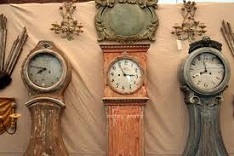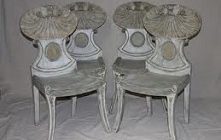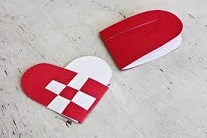Swedish antique clocks are known to be made in Dalarna, Sweden during the 18th century. To know what makes Swedish antique clocks tick, read our guide for more facts and information…
Do you know that Swedish antique clocks are also called Swedish long case Mora clocks? They are called Mora clocks because they are made in the Swedish province of the same name.
These Mora clocks look like the figure eight. It can also be said that they look like the female body with the sexy curves. It is a standing clock or what is properly called a tall case clock. The clocks can vary in color. They have a shaped base and a rounded head. Some of these old clocks can be very simple technologically speaking.
These antique clocks are usually eighty-eight inches in height, twenty-three inches wide, and eight inches deep. All that in a colorful and shapely case.
Dalarna is the origin
Swedish antique clocks originated from Dalarna in the Mora municipality. The county has a population of more than ten thousand. Mora was known to be the home of craftsmen during the 18th century. People there used to rely on making clocks, sewing machines, and water taps. These little cottage industries were very important for their economy during that time.
Today, Dalarna is still known for its crafts. In fact, it is still very famous for producing products like the dalahast. The dalahast is a wooden horse very popular amongst tourists. They are bought as souvenirs and are mainly decorative rather than functional. The dalahast is a wooden statuette, the most famous design of which is colored mainly in bright red with green, white,and blue designs on the harness.
The popularity of Swedish antique clocks
North America has evidently felt the surge of popularity as regards these vintage Swedish clocks. The antique clocks are so in demand today in the U.S.A. that they are even offered online today. Not only that, books about Swedish and Scandinavian folk arts prominently feature Swedish antique clocks in some chapters.
As people’s attention focus towards these old Swedish and other Scandinavian folk arts, the more the prices will go up. It is a simple case of supply and demand. It is actually, harder and harder for antique and folk art dealers to hold on to these clocks because they are selling like hot cakes. In the “Great White North” of Canada, the trend of owning and collecting Swedish Mora clocks is starting to take off. According to expert collectors,you should look for Mora clocks that are still in its original painting. The more it is in its original form, the better its price will be in the long run.





